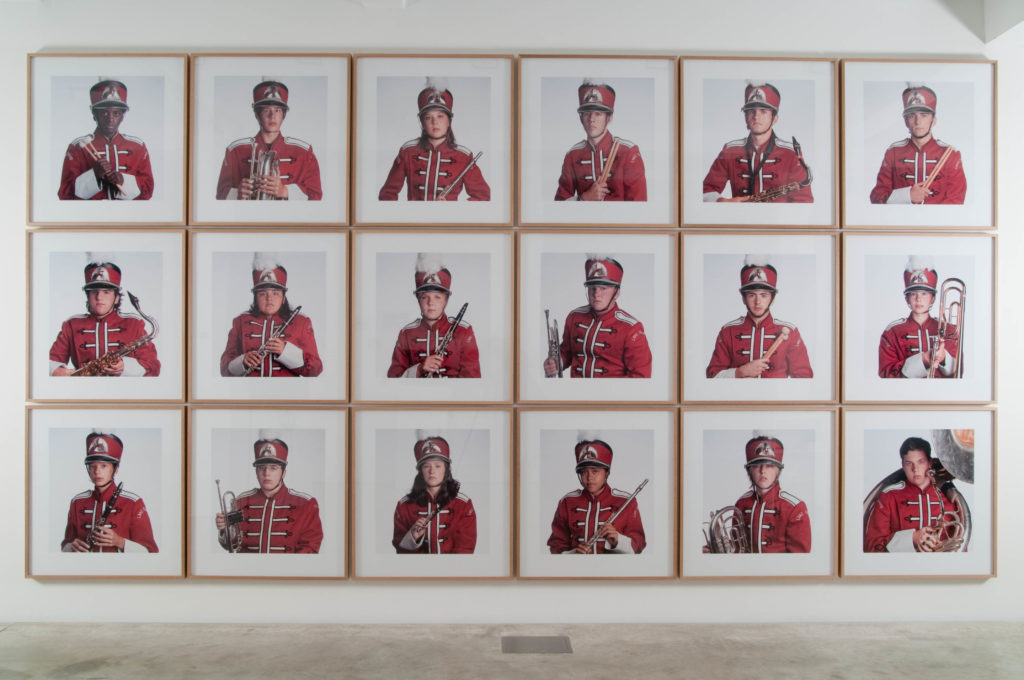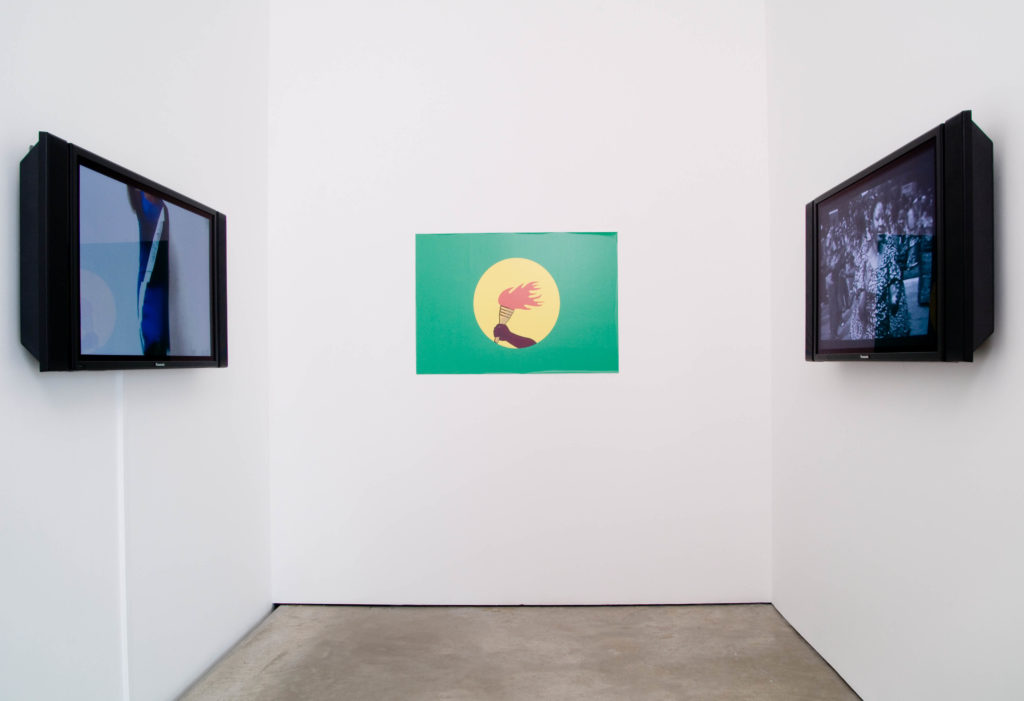
Parades and Processions: Here comes everybody
28 May - 24 July 2009
Francis Alÿs, Fiona Banner, Jeremy Deller, Thomas Hirschhorn, Rachel Hovnanian, Teresa Hubbard/Alexander Birchler, William Kentridge, Michèle Magema, Annette Messager, Amy O’Neill and Hiraki Sawa.
Parasol unit foundation for contemporary art presents Parades and Processions: Here comes everybody[1] featuring works by twelve international artists who take their inspiration from the traditional meanings of ‘parades’ and ‘processions’, creating works that epitomise the social and political context of our time. The resulting works, ranging from sculpture to installation, films and videos, are powerful forms of expression that address issues of history, culture, identity and politics. They also highlight the recent and increasing phenomenon in our society of holding parades and processions. This exhibition aims to show a selection of works by contemporary artists who see in these themes considerable possibilities for expression.
A ‘parade’ is usually a festive occasion for which people dress up in extravagant costumes and create elaborate and highly structured artefacts, while a ‘procession’ is more often an organised group of people proceeding in a formal or ceremonial manner, often with a religious or political connotation. Throughout civilisation, parades and processions have been integral to the human experience and social customs have been abundantly illustrated on ancient monuments. Often connected to religious, sacrificial or triumphal occasions they eventually evolved into festivals and carnivals. Nowadays parades and processions have become democratic activities in which people participate, interactively sharing a special experience with a group of like-minded people. They have become the perfect vehicle for communication and solidarity, and also raise questions about sociological and behavioural phenomena of our time, such as the increased surge in urban life, group selection, self-expression and the marked focus on the body.
The expressive power of parades and processions allows many contemporary artists to adopt these traditional themes, and by replacing some of its emblems and icons with other symbols and objects, bring new meaning to the work. In so doing they revitalise the concepts of parades and processions, which in the past have been considered formal traditions. In their quest to create new ways to express themselves, these artists have benefited greatly from the efforts of those artists who in the 1960s and early 1970s, liberated art from the museum walls and placed it in the midst of society and public spaces in the form of happenings and performances.
This exhibition is curated by Ziba Ardalan and is accompanied by a publication.
[1]Joyce, James, Here Comes Everybody (1923) is the title of a sketch in which Joyce introduces HCE, eventually the main protagonist in Finnegans Wake (1939)
The exhibition is supported by Arts Council England, Swiss Cultural Fund in Britain, Prohelvetia.












